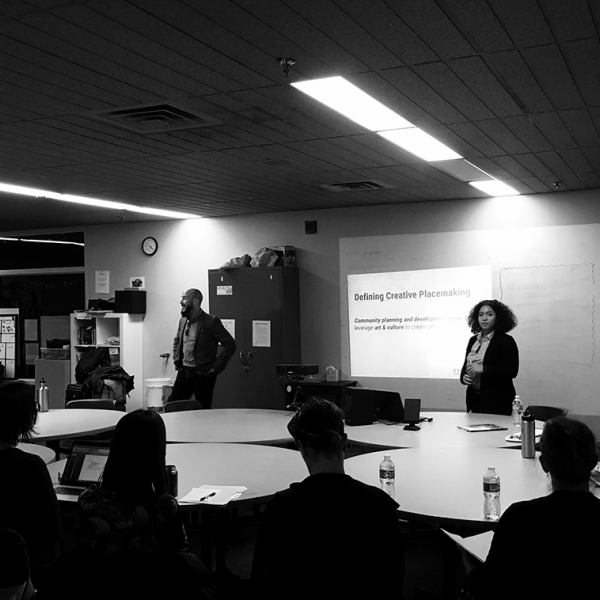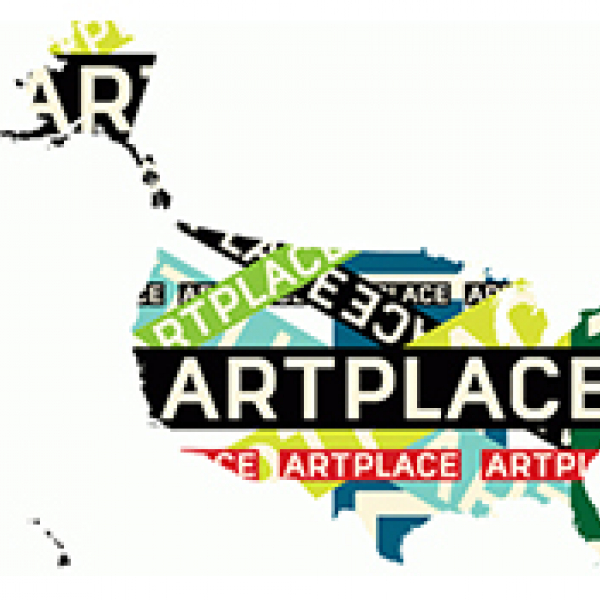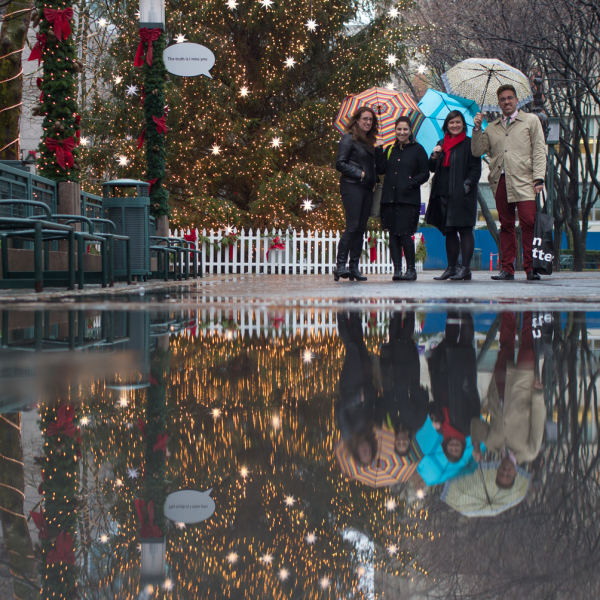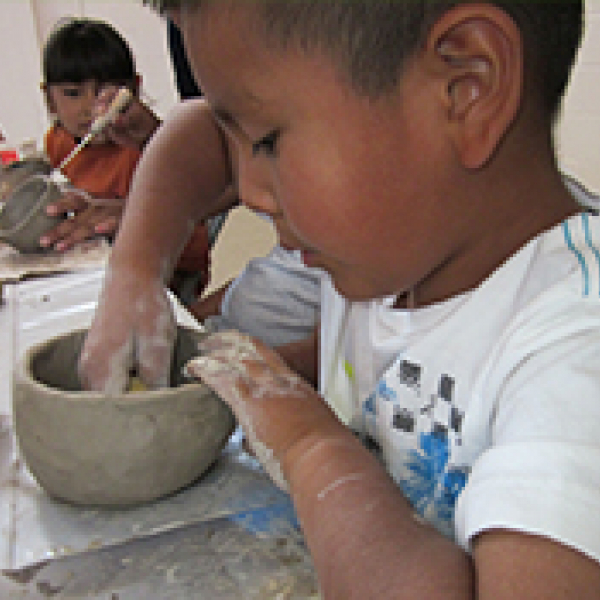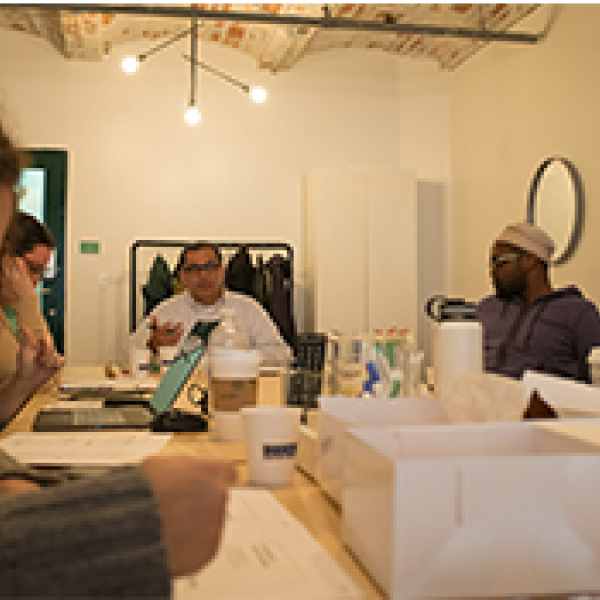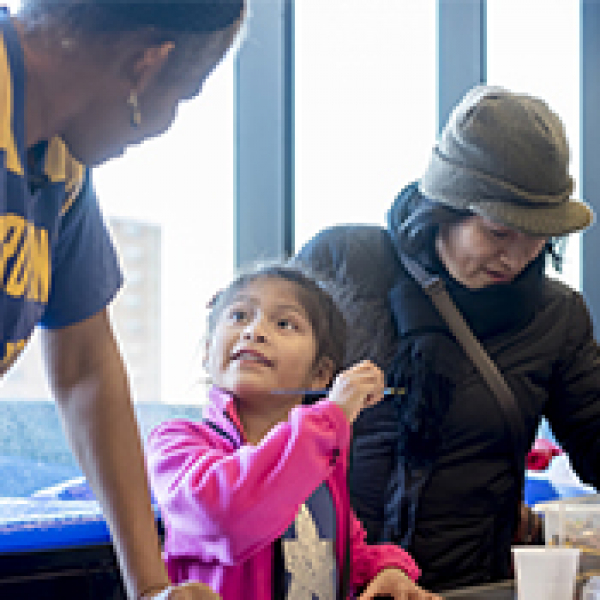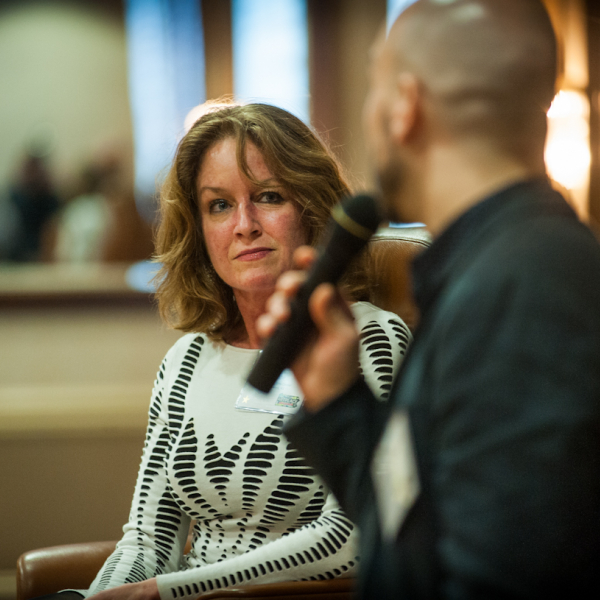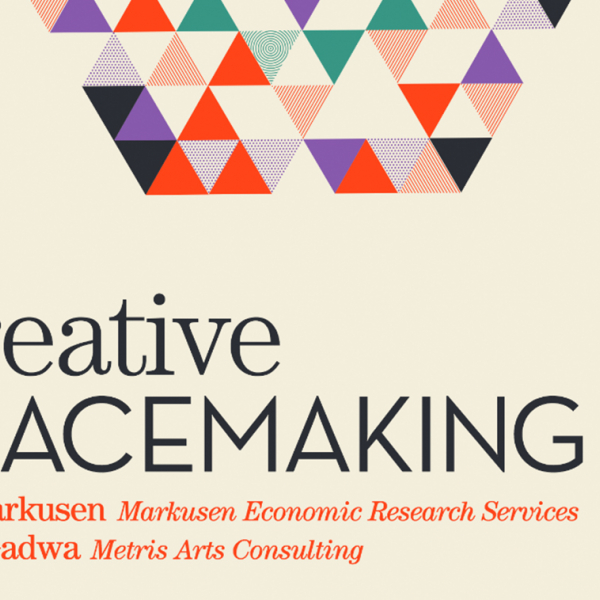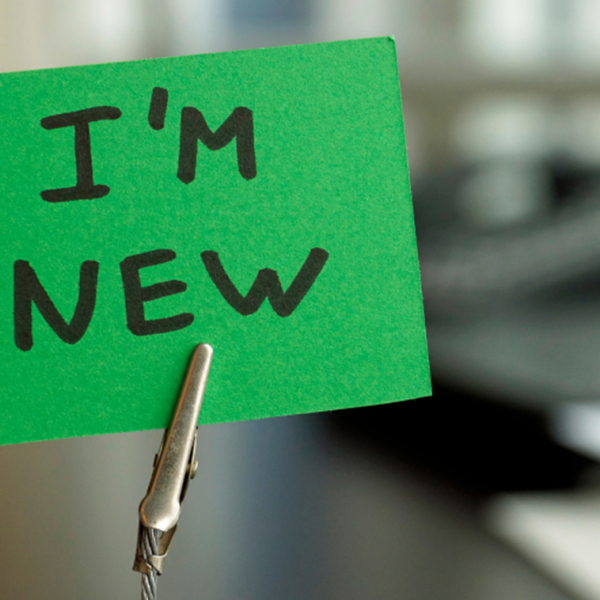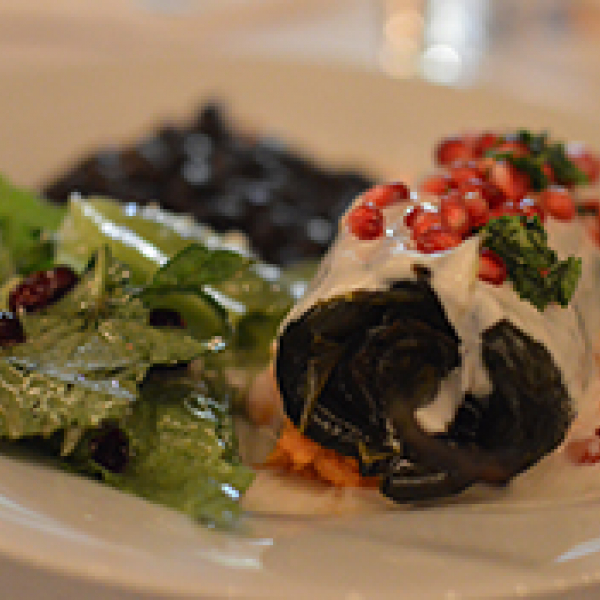With January already half gone, we’ve hit the ground running since the release of our 2016 call for projects to the National Creative Placemaking Fund on January 5th. Leila and I are thrilled with the responses we’ve received so far and have been humbled by the hundreds of interested applicants we’ve already met from our recent trips to Macon and Detroit. We wanted to make sure that we highlighted some of our upcoming travel and information sessions across the US. To find out where we’ll be, check out our schedule here.
05.01.16
We are excited to announce that $10.5 million is available to fund projects that work with artists and arts organizations help build stronger, healthier communities anywhere in the United States. Applications will need to be submitted here by Wednesday, March 2, 2016 (and you will need to register no later than Tuesday, February 16, 2016). We expect many people to apply – last year, we received 1,300 applications – so the competition will be stiff. Recognizing that, we created a simple and focused application that consists of 4 questions, a one-number budget, and some basic identifying information.
30.12.15
For our last blog post of the year we asked our staff to speak a little bit on what their biggest takeaways and learnings are from 2015 and what they are most looking forward to for 2016. Jamie B. In 2015, I learned that the Upper Peninsula of Michigan may be the most beautiful place in the United States. And I also learned that the number one issue in community development – with no close second – is site control. Those who control a community’s sites, control the future of that community in ways that I have not yet seen a way to overcome.
23.12.15
Earlier this year we tipped our hand about sharing a tool that lays out how the arts and culture sector organizes itself. The Community Development Matrix has proved valuable in helping us analyze the diversity of our work by sector and stakeholder type, but what about arts and culture? If our goal is to integrate the arts into community planning and development, we should bring he same level of rigor to each domain. This framework offers us a way to keep tabs on the arts disciplines and types of practitioners that comprise the creative placemaking field.
15.12.15
One of the first tasks I was charged with when I joined ArtPlace eight weeks ago was planning a staff retreat. Not knowing much about the organization and most important, our amazing staff, I was a bit wary about the outcomes with me at the helm. At the same time, I believe in staff retreats and the need to reflect on an organization’s progress. In my previous positions I had always carved out time for the organization to reflect on its work and strategically plan. I was excited to jump in as I knew it would be a great crash course on the organization and my new colleagues!
14.12.15
Below is a summary of a conversation between Susan Delvalle from the Sugar Hill Children’s Museum of Art & Storytelling, and Lynn Rippy from YouthBuild and IDEAS 40203. As the great philosopher Whitney Houston said “I believe the children are our future. Teach them well and let them lead the way.” Which is a cheeky way to start this blog post, but yet a quite accurate lead-in to the conversation below. Perhaps it would be even more accurate if Whitney had brought in the arts into her melody, or as Lynn Rippy says: “Young people have the answers to the problems that we see in the world and their abilities to express themselves creatively to answer those problems is probably the number one way to change our world.”
11.12.15
I have to admit that I have re-written this blog over a number of times in, what feels like, a futile attempt at identifying the best way to share all of the learnings that our team has gathered over the course of the last year. Beyond sharing what we’ve learned, I want to help you all understand how it is influencing where we are headed in regards to the annual funding ArtPlace provides. Some of you may have read my last post that announced a shift from a September open call to January of 2016. If you missed that post, you can read it here, and then come back to this post to learn more about what to expect next.
03.12.15
Written by Ann Markusen and Anne Gadwa Nicodemus, at the request from the Mayor's Institute on City Design, the Creative Placemaking white paper was the first essay to bring the phrase ‘creative placemaking’ to American communities. Commissioned in 2010, it touched on what creative placemaking is, what it does, who it involves and what it achieves. In essence it was the first iteration of the Four Questions grantees should ask about their creative placemaking project.
30.11.15
I should probably introduce myself before I head into my blog ramblings. I’m Marirosa García, the new Social Media Manager here at ArtPlace America. You probably know me best from that recent Twitter retweet or that totally on-point Instagram posting about coffee and Mondays. Yes, that was me. Hello. I thought for my first post I would speak a bit about being new to not only ArtPlace but creative placemaking as well. Before I worked at ArtPlace America (a scant 4 weeks ago) I spent six years in the publishing industry.
25.11.15
This post is the ninth in a ten-part series continuing those conversations, and it focuses on Agriculture & Food. Below is a summary of a conversation between Donna Neuwirth and Jay Salinas from the Wormfarm Institute; and Emily Raine and Stuart Siegel from the International Sonoran Desert Alliance. What luck that our discussion of the Agriculture & Food sector falls right before one of the biggest food celebrations of the year, which brings to mind the role of agriculture and food in history and community— roles that bubbled up in our conversation below.






